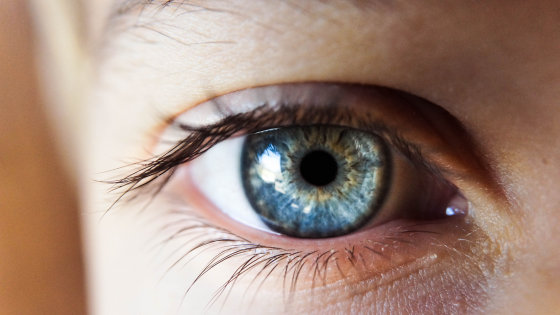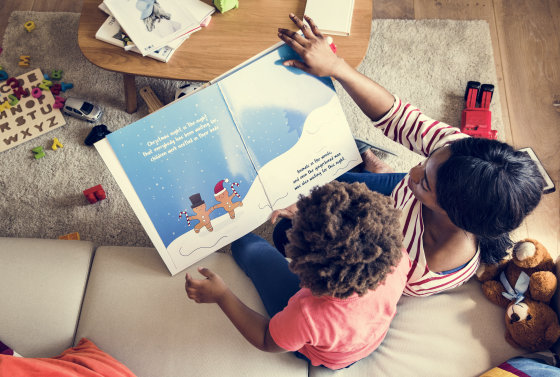Pages containing irrelevant images distract readers from the text and reduce comprehension of the content

Illustrations and images are often used in books for children, but in a new experiment, books without images that are 'not essential for understanding the content' allow children to concentrate on the text and understand the content. Was shown to go up.
Retrospective evaluation of whole exome and genome mutation calls in 746 cancer samples | Nature Communications
Busy pictures hinder reading ability in children: Extraneous images draw attention from text, reducing comprehension in beginning readers --ScienceDaily
https://www.sciencedaily.com/releases/2020/09/200928090504.htm
Children's books often use pictures and photographs to make the content easier to understand, but are these visual elements useful for understanding the content? This was noted by Anna Fisher and Cassondra Eng, PhD students at Carnegie Mellon University's Faculty of Psychology. To confirm this assumption, they conducted an experiment with 60 first- and second-year students attending an elementary school in Pittsburgh, a city in Pennsylvania, USA.
In this experiment, half of the students who were the subjects read the commercial books as they were, and the other half read the same books with 'rationalized visual elements'. The research team tracked children's gaze movements to see how their gaze moved back and forth between text and visual elements on the page.

The 'book with streamlined visual elements' used in this experiment was created by a group of adult subjects assessing the relevance of pictures and texts prior to the experiment in children. At this time, the illustrations of the book deleted as irrelevant were defined as 'interesting but not essential for understanding the story', and 90% of the adult subjects were 'related to the story' in the streamlined book. Only those who agreed with were left.
In an experiment with 60 elementary school children, children stayed on a page for about the same amount of time, but children reading streamlined books moved their eyes back and forth between visual elements and text. It was shown to be less frequent and to have a higher rating of 'understanding sentences' than children who read commercial books. According to researchers, children, especially those who tended to look away from the text, tended to benefit from streamlined books.
'Children in the transitional years of lower grades are usually more likely to read books on their own, especially if they have no teachers and need to learn technology at home.' “The results of this study show that technology can be used to create the most useful materials for children based on learning theory,” Eng said.

However, this experiment is limited in that the number of subjects is as small as 60 and that only one book was used in the experiment.
'This is not a silver bullet and does not solve all the challenges of learning reading, but if we can take steps to lower the hurdles of reading practice and reduce some obstacles, children Can help you find fun in your books. '
Related Posts:
in Note, Posted by darkhorse_log







